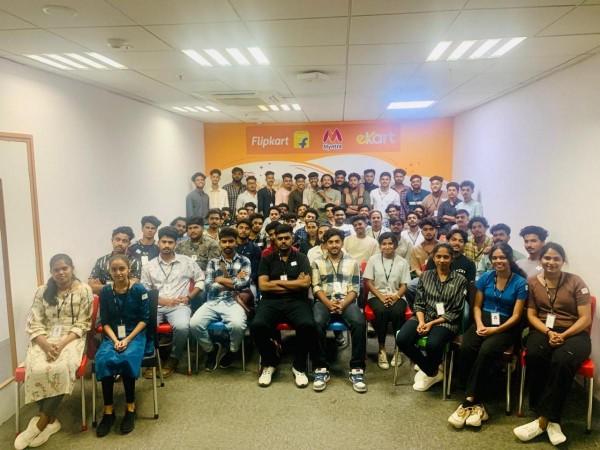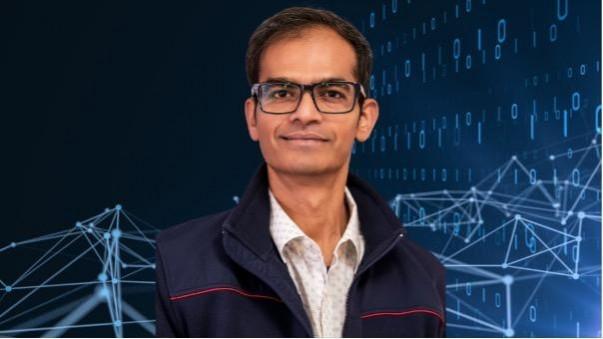BT Group is transforming customer support through the integration of advanced AI and generative AI technologies, in collaboration with Sprinklr. The refreshed customer contact platform significantly enhances the EE and BT customer experience through conversational AI, and enhances support processes for the Group’s customer service guides across its Business, Consumer and internal contact channels.
BT Group has integrated Sprinklr’s unified customer experience platform, meaning when a customer is seeking support, the platform can draw on BT Group’s data to provide a personalised, accurate response. The customer contact platform, which powers EE’s virtual assistant Aimee, also provides the messaging capability for real-time online chat with customers.
The platform enables BT Group to use generative AI to support various customer experiences, for sales and support for both EE and BT customers. For example, the Gen AI-enhanced experience within Aimee which helps customers prepare for international travel has halved the need for online chat/messaging support, thanks to its ability to understand and respond to customer needs. This keeps guides free for more complex asks, and helps customers get what they need, faster.
Another place it is making a difference is in billing support, where generative AI provides detailed explanations of billing charges, enhancing transparency and customer satisfaction. Rich media within Aimee also means the chat experience isn’t just a text exchange; product cards and carousels are more engaging and valuable for customers. Over 30 separate customer experiences have been defined within Aimee so far, with more to follow. Aimee’s use has risen 51% year on year, demonstrating customer enthusiasm for the channel as its capabilities continue to be improved.
Looking ahead, BT Group plans to expand its use of generative AI to further improve customer support. Upcoming features are expected to include AI-driven summaries of customer interactions and real-time support and guidance. With this, Aimee will be able to act as a virtual AI assistant for our guides, helping to improve efficiency, effectiveness, colleague and customer experience.
BT Group has experienced an impressive growth in customer interactions facilitated by Aimee. ~60,000 conversations per week are now handled through Aimee compared to ~30,000 per week just two years ago. This frees time for guides to help customers with more complex issues and deliver an even more personal experience.
BT Group has implemented key ethical guardrails to ensure robust data privacy and security measures. AI capabilities are hosted on a private cloud instance, ensuring compliance with data and privacy regulations, and data policies are set by BT Group’s internal data management platform, Data Fabric. This allows BT Group to maintain control over its data while benefitting from Sprinklr’s AI capabilities. Working with Sprinklr has also enabled BT Group to put in safeguards to monitor for attempts to get the AI to misbehave.
BT Group remains agnostic about which Large Language Model (LLM) it uses in generative AI, continuing to draw on different LLMs. The architecture in the customer contact platform allows BT Group to select the optimal LLM for each use case, and will integrate with BT Group’s new GenAI Gateway in the future.
Harry Singh, MD of Consumer Digital at BT Group, commented: “The collaboration with Sprinklr marks a significant step forward in BT Group’s commitment to using cutting-edge technology to deliver exceptional customer experiences. With our customer contact platform, we have unlocked powerful AI-enhanced capabilities for our customer service, boosting satisfaction and creating exciting new opportunities for customer experience.”
Sprinklr President and CEO Rory Read, added: “We’re delighted to be working alongside the iconic brands within BT Group, at the forefront of innovative customer engagement through effective AI. AI has huge potential to enhance and elevate customer experiences, and it’s been fantastic to help BT Group achieve such brilliant results, so quickly.”















